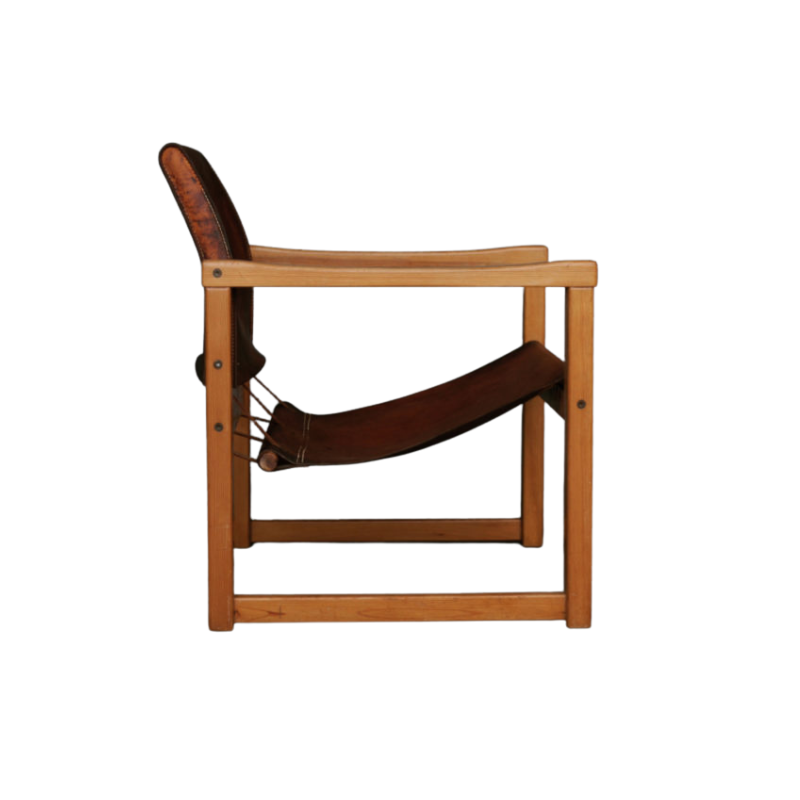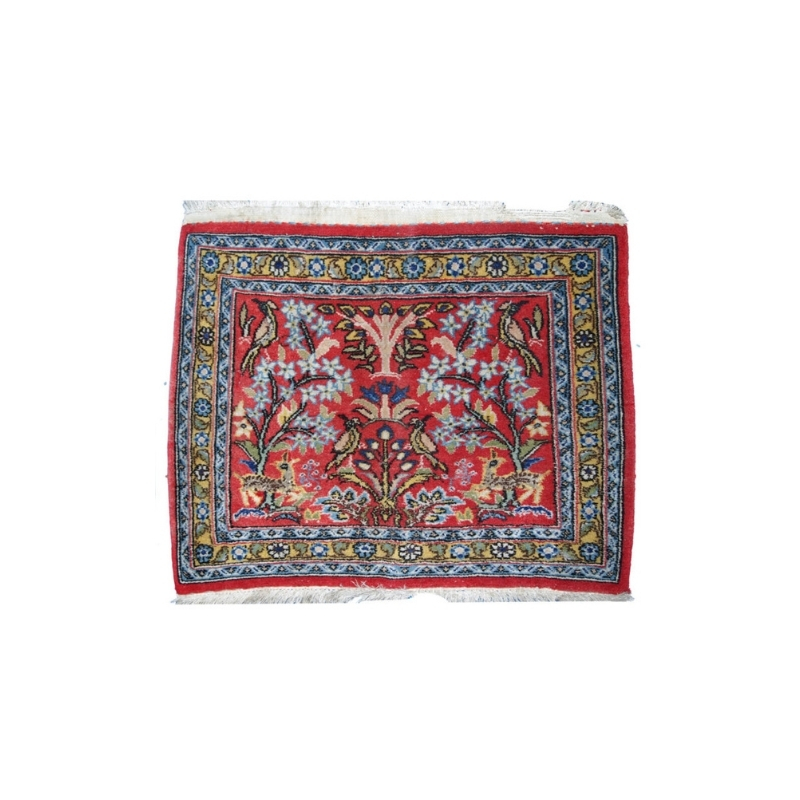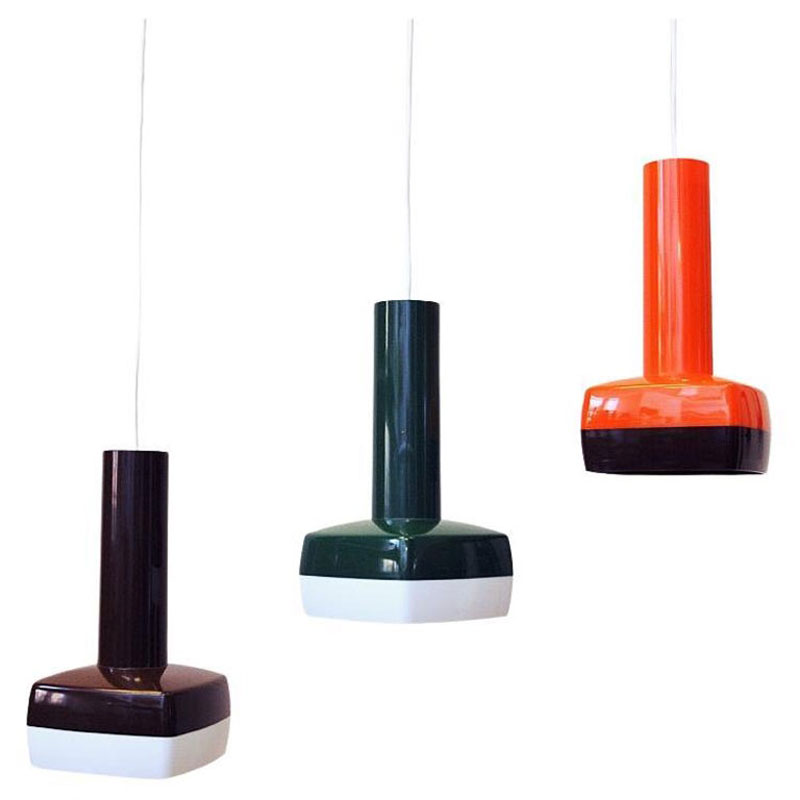Hi could someone please describe how to best refinish wood furniture in a black lacquer finish. I see so many pieces that have been refinished in a black lacquer from the original wood finish with varying results. Most dealers on Ist dibs will simply say "newly refinished" or "restored" without any mention of how exactly they restored or refinished. I think it is safe to assume that dealers are going the easiest or sometimes the only route by slapping on some black stuff to cover prior damage. My real point though is, I want to refinish some vintage pieces in a black lacquer, and while having tried in past with pretty good results by simply using india ink and then top-coated with a Deft spray lacquer. I would still like some feedback from the pro's out there. Thanks in advance!
Black lacquer
is an opaque finish, typically sprayed, over the appropriate primer, on wood or metal surfaces. This is best accomplished in a facility operated by professionals, employing a spray booth.
A so-called "ebonized" finish is today virtually identical to a sprayed black lacquer finish. Originally, ebonizing involved staining the wood.
My advice has been to prepare for these finishes by staining wear surfaces -- corners and edges -- with black stain, under the prime coat, so that chipped or worn lacquer will not immediately reveal lighter-colored wood. A black marker will perform this step quickly and easily.
.
That is a good tip about staining the wear edges. When I was spraying curved plywood the best finish I could get was to undercoat and finish as normal, steel wool this back (0000) and then use a compatable automtive clear coat. I'm not sure how that would go on solid timber though or if you have access to a compressor.
Test first on scrap...if in doubt pay someone else to do it. If its a large flat surface a short nap proffessional roller and an enamel paint (you can get hardeners) can look good with very careful preperation. I live in the sub-tropics and spray insecticide or burn a citronella candle to discourage the winged little bastards and if you are feeling really fanatical dust everything around you first. Most of all don't panic if something goes wrong, walk away and sand it back later.
And if you have a beard comb it:)
Ha --
good point !
A tack rag is a good idea, too, to remove those last bits of dust before the final coat.
I've used Deft brushable lacquer. It makes a nice (pleasantly waxy-feeling) clear coat. But it isn't very good at resisting water. I don't know if the spray material is similar in that regard.
yeah a tack rag is a good...
yeah a tack rag is a good idea, alternatively given that its black a bit of old bed sheet wiped over and over and over again until it stays white will work too.
If the piece you are finishing or restoring has been pulled apart consider painting (spraying is obviously best for things like chair arms and legs) the bits seperately and then regluing, support each section in a frame by tapping a sewing machine needle or similar into the ends. You can tape off the areas that will require gluing with blue masking taps, the type that auto sprayers use, it leaves little or no residue but you can wipe over with acetone just to make sure. That way you'll also avoid painting over a joint.
A really high gloss black finish is difficult to do well, compared to white it shows up every surface flaw, perhaps a gloss level of about 60%.
There are other ways of getting a very black finish, some timbers respond very well to older methods which I'm not too knowledgable on, apparantly timbers that are high in tannins blacken well by using steel wool and vinegar or you could look at ammonia fuming...these though probably won't give you a totally opaque finish but at least you'll
avoid any problems with a chipped surface.
Good luck!
.
Another quick idea, yesterday bought an old woodturning magazine and a very black finish was described in it using indian ink, never worked with ink and always thought the 'black' was indigo, but this finish looked very black and quite opaque. I'd suggest finishing with wax and buffing, in a hurry but here is a quick link, again, good luck.
Its a technique I'll try myself one day.
http://www.egcc.biz/workshop/e/ebonising.htm
Good link Heath.
Simply described and to the point.
I've used all the described methods and various combinations
with experimenting. I always do a test and with every failure something
is learned.
Black Laquer could be so many things. Traditional, Oriental, the so-called
'faked'. The auto body finish?
The real crime is the silicone based furniture polish that some antique shops
slather on everything. The horror. One is Liquid Gold.
Not sure what final finish you are looking for but I've stockpiled a list of
various methods i run across from car forums to audio.
Even violin makers.
If someone wants a certain finish i usually send them to Google Image.
Helps to narrow it down a bit before doing samples.
India ink is a good method i'm fond of. Trans-tint is in my arsenal.
Black nail polish for a tiny chip, etc.
I have saved my Fine Woodworking mags from the 90's and an issue has
a very well done article. (i'm not home at the moment) It may be on their
website. My internet is fast, slow, gone. Mostly gone.
Please share your successes. The one i've linked is an Audio forum.
http://www.diyaudio.com/forums/showthread.php?s=&threadid=83141&highligh...
ebonizing with India ink
I ebonized this Danish chair with India ink. The original finish was damaged so I stripped it and then tried the vinegar/steel wool home brew. All it did was turn the walnut an ugly greenish color with black flecks from tiny bits of steel wool that escaped the cheesecloth straining.
So then I tried India ink. SO much easier! I applied it with a small foam brush and it covered beautifully and the stuff went amazingly far, like maybe 3 oz. for the entire chair. I did one coat, let it dry for a day or two, then sanded lightly to smooth the raised grain, then did a quick second coat. That was it.
It did take a few weeks for it to stop shedding pigment when rubbed. Once the ink seemed stable, I gave it a light coat of beeswax and a good buffing.
It is completely opaque while letting the grain show through. It has a soft lustre that is very beautiful and touchable. I couldn't be more pleased with the results. I have a Drexel table whose finish has been destroyed that I plan to strip and ebonize, too.
I think ink and five or six coats of shellac would look interesting. Amber shellac would be fun to try---would be a very warm black, I would think.
What do you all think
about this lacquer situation? The movers damaged my Diamond and Baratta table that has a high lacquer marine blue finish. The piece that they "tweaked" is still attached, but just barely. The insurance company sent out an appraiser who has recommended a PIANO refinisher. Do you think he/she will be the appropriate person to fix it? I will try to take a clear picture of the damaged chip.
One more thing, in case you think I am being too anal, this table weighs about 800 lbs (the round glass alone is 62" in diameter). I just know that when we have to move back to the US from Switzerland in 3 years that those future movers will break off the piece when they take the table apart simply because it is an absolute beast to move.
I don't know anything about...
I don't know anything about lacquer refinishing, sorry. I just happen to be a music conservatory graduate (not a pianist) and have seen many, many black lacquered grand and baby grand pianos in varying states of dinged-ness.
I also looked into getting a piano refinished (and thought about doing it myself) and that's when I found out that there are people who do that as opposed to people who merely refinish furniture. That's when I abandoned the idea altogether. It's a specialized job.
Repairing a chip on black lacquer furniture
I bought a black lacquer table in China. I observed the method in which these peices are made - recently reinforced by a trip I just finished to Thailand. The wood is covered with a very black lacquer paste and then allowed to dry for several days. It is then recovered again and again until the disired thickness/strength is obtained. A shine is put on it using some kind of lacquer finsih. Isn't this paste available someplace in the U.S. that can be used to fill in the chipped area and then a shiny lacquer put over the top.
I understand using Indian ink to match the black color but that does not fill in the indentation left by the chiped black lacquer base.
I may have missed the point but their method did not seem to be as complicated as I am reading in these messages.
Any comments someone has would be appreciated.
Repair of black lacquer table
I have seen your message on repairing the black lacquer table. I have a similar situation. Can you tell me what you have done to fix your problem. I am just getting started at trying to solve a crack and a chip on a black lacquer table I got in China.
Bob
If you need any help, please contact us at – info@designaddict.com









